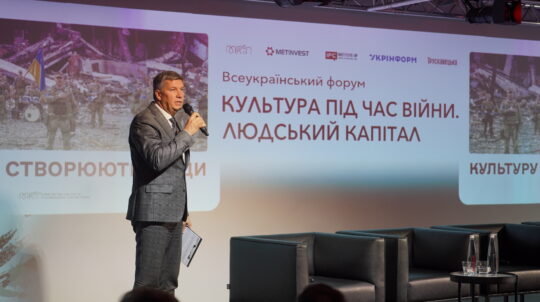The brutal attack of the Russian military ruins Christian temples and other sacred sites of Ukraine’s religious communities. According to the State Service of Ukraine for Ethnopolitics and Freedom of Conscience, since February 24, at least 116 spiritual sites have been badly affected in at least thirteen regions of Ukraine: Kyiv, Dnipropetrovsk, Donetsk, Zhytomyr, Zaporizhia, Luhansk, Lviv, Mykolaiv, Odesa, Sumy, Kharkiv, Kherson and Chernihiv.
Most of them (91 out of 116) are Orthodox churches. The damage was also inflicted upon mosques, synagogues, Catholic and Protestant churches, religious education institutions and important administrative buildings of religious organizations.
As of today, the highest number of ruined or damaged spiritual sites were identified in Donetsk, Kyiv and Kharkiv Regions: at least 20 in each of them. Thus, these three regions together account for over a half of all recorded cases.
We kindly encourage to send information, including photos, about damages to spiritual sites and other consequences of the Russian invasion into Ukraine for religious communities to [email protected]. You can also reach out to us by mobile: +38 097 705 38 57.
We also encourage to register as a witness with evidence on the platform of the Ministry of Culture and Information Policy of Ukraine for documenting Russia’s army war crimes against humanity and cultural heritage: https://culturecrimes.mkip.gov.ua. Click here to view recorded crimes on this platform.
Explore the interactive map to see all affected sites together as well as by a particular religious community: https://cutt.ly/FS8KpIw

